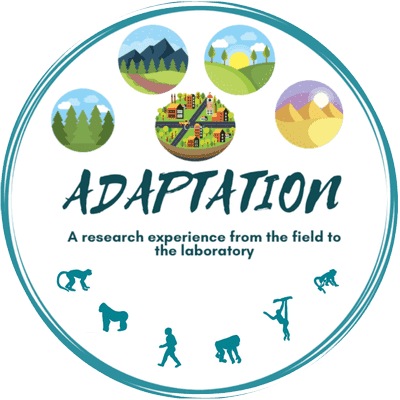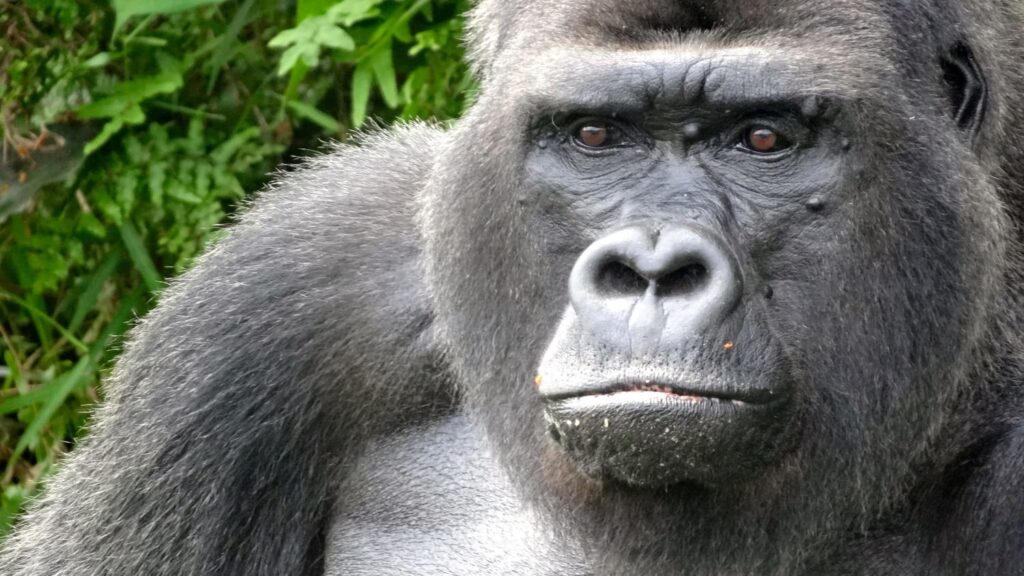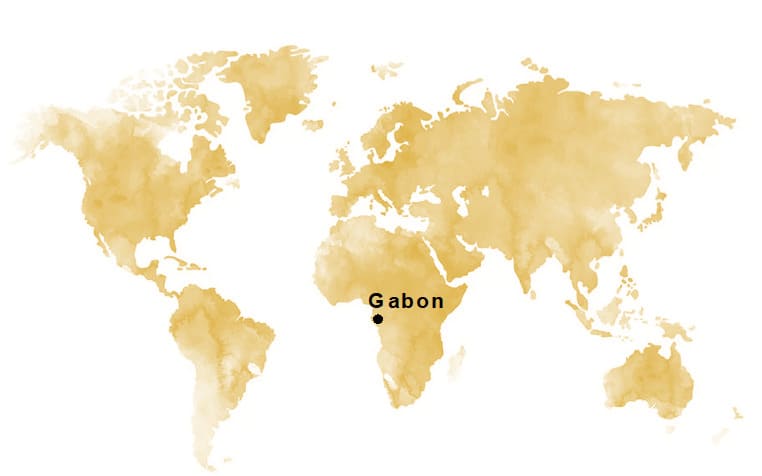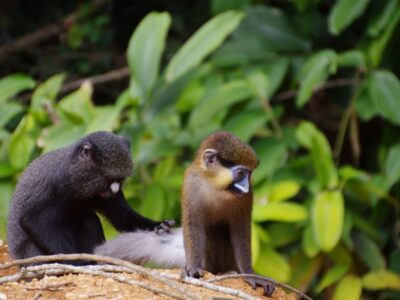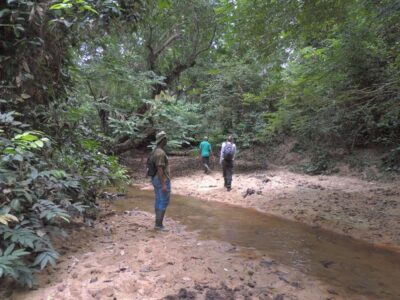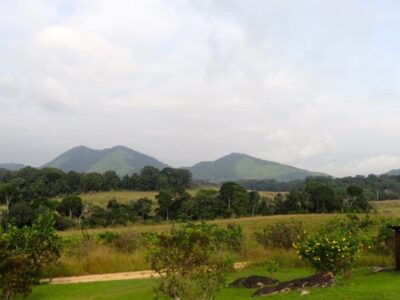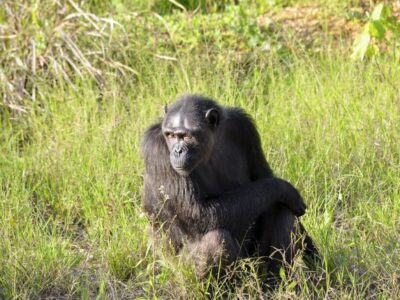research evolution adaptation plasmodium vivax-like african great apes chacma baboon
the host specificity of ape malaria parasites can be broken in confined environments
Enteric viruses are ubiquitous viruses infecting a wide range of vertebrates including humans
Completed Project
Recent News
Contact
- REHABS International Research Lab South Afrrica
- rougeron.virginie@gmail.com
- 06 46 64 23 18
More information about the project
Main Publications
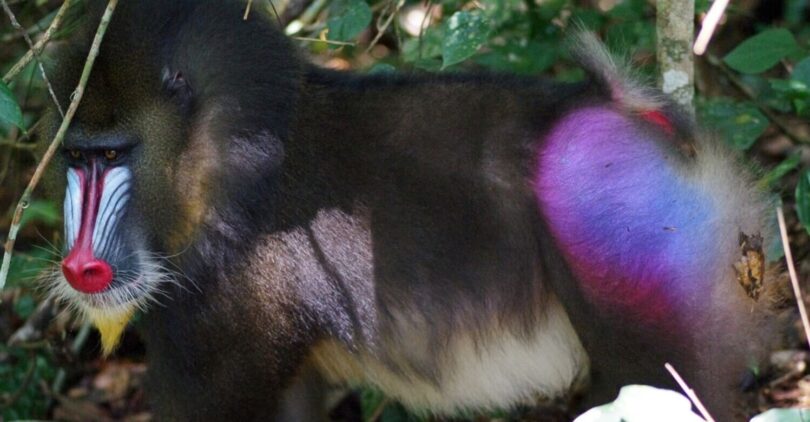
Legend : Mandrillus sphinx, Gabon. @V. Rougeron
Abstract
“Enteric viruses are ubiquitous viruses infecting a wide range of vertebrates including humans and non-human primates (NHPs). They are mainly transmitted by direct or indirect faecal-oral route, after which they reach the enterocytes and multiply there. Although sometimes asymptomatic, infections caused by enteric viruses can manifest as gastroenteritis, which is very common in children under 5 years of age. These same viruses can be responsible for severe pathologies such as respiratory, encephalitis, cardiac and neurological diseases. Numerous studies have been conducted on the characterization of enteric viruses, mainly in captive HNPs or in contact with humans. In the natural environment, apart from enteroviruses and adenoviruses, little is known about their circulation, epidemiology and diversity. The objective of this project was therefore to research and characterise enteric viruses in Central African wild animals.”
Funding
CIRMF ad Metabiota, Prevent project.

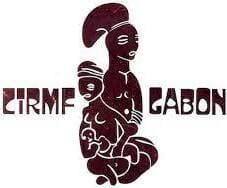
Partners
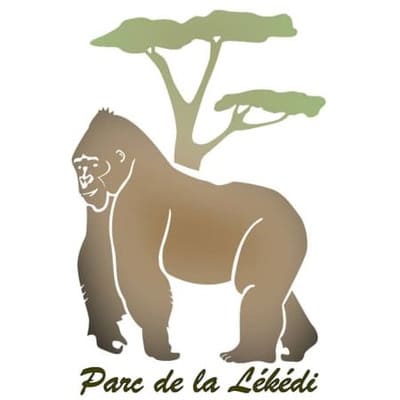
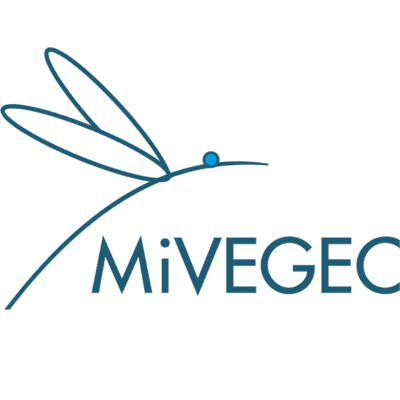
A total of 2,376 animal samples collected in Gabon and stored at CIRMF were studied (962 bats, 600 chimpanzees or gorillas, 520 rodents, 200 mandrills and 100 bushmeat samples). This molecular screening work has allowed the characterisation of an important diversity of enteric viruses circulating in Gabonese wildlife. As some point we have also been able to obtained the full-genomes of different viruses, such as Enterovirus C99 or Genogroup I sapovirus in chimpanzees. The identification of enteric viruses in wild animals that are similar in nature to those infecting human populations raises the possibility of interspecies transmission between wildlife and humans, the direction of which has yet to be determined for both human health and conservation issues.
Studied sampling distribution
All 2,376 animal samples studied in this project have been collected in Gabon.
Main publications
Portfolio
Picture 1 : Monkeys, Gabon. @V. Rougeron – Picture 2: Field mission in Gabon. @F. Prugnolle
Picture 3 : Field mission, La Lopé, Gabon. @ V. Rougeron – Picture 4 : chimpanzee Gabon. @N. Rahola
–
Collaborators involved

Eric
LEROY
Eric
LEROY

Marie
CHARPENTIER
Marie
CHARPENTIER

